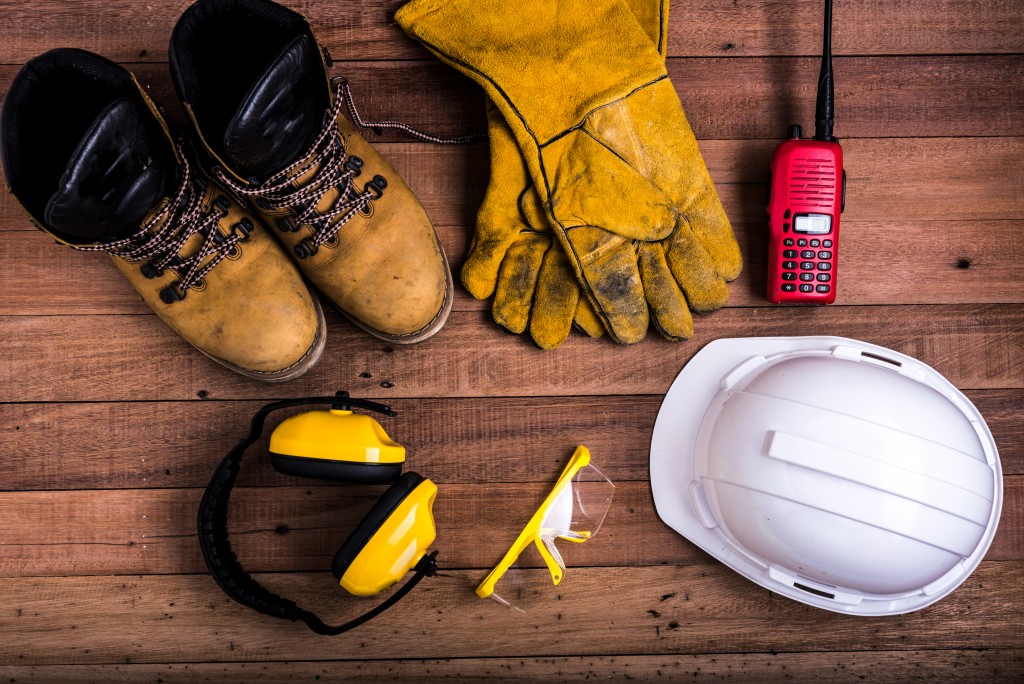Personal Protective Equipment or PPE is a requirement of OSHA that aims to protect the safety and health of employees. In this article, let us find out why PPE is so important, and what type of equipment it comprises.
The importance of PPE
There is always an associated set of hazards in every workplace. Employers are required by the Occupational Safety and Health Administration (OSHA) to protect their employees from said hazards through various means.
In any workplace, mitigating risk is always the best way to prevent injury or harm to employees. Aside from eliminating sources of the risks in the workplace, employers are required to provide their employees PPE and training associated with the use and maintenance of this equipment.
1. Hand and foot protection
Many Singaporean employers will hire an on-site shoe truck and a shoe rack to have their employees fitted for safety shoes. In a lot of trade jobs such as construction, metalwork, and woodwork, employees are susceptible to hand and foot injury. With steel-toed safety shoes and appropriate working gloves, workers are protected against objects that can wound, burn, or crush their extremities.
2. Head protection
A vital part of PPE is the hard hat. Hard hats are worn to protect employees from head injuries that can be caused by falling objects, head bumping, chemical drips, and the temperature. Employers should make sure that hard hats are well-fitted on their employees, neither too big nor too small.
3. Face and eye protection
The face and eyes are susceptible to injuries caused by chemicals, molten metal, gas, vapor, sawdust, and projectiles. If working with dangerous substances and objects, the eyes and face should be protected with safety eyewear or a full mask.
4. Respiratory protective equipment
When toxic substances are inhaled, it can cause detrimental effects on a worker’s health. To avoid accidental inhalation of dust, gases, and vapors, respiratory protective equipment should be used. Examples of which are respirators, gas masks, and air compressors.
5. Ear protection
Too much noise for extended durations can lead to occupational noise-induced hearing loss. Employees should be protected from industrial noise with hearing PPE such as earplugs, earmuffs, and semi-insert or canal caps. Make sure that workers are exposed to 85 decibels and below for eight hours only to reduce the risk of hearing damage.
6. Whole body protection
Aside from the key areas such as the head, ears, eyes, and face, the rest of the body should be protected from hazards like extreme heat, metal splash, contaminated dust, impact or penetration, clothing entanglement in machinery, and pressurized sprays. The PPE for the whole body consists of overalls, boiler suits, chemical suits, and aprons. The material for these clothing should be impermeable, flame-retardant, or high-visibility (or all of the above). Safety harnesses or life jackets should also be used if applicable.
The responsibilities of the employer

According to OSHA guidelines, the responsibilities of the employer include:
- Providing adequate PPE
- Assessing workplace hazards
- Training employees about the use and care of PPE
- Maintaining and replacing PPE
- Regularly evaluating the effectiveness of PPE
This concludes our brief yet informative discussion about the importance, benefits, and uses of PPE. Do you have any more questions about PPE and workplace safety? Feel free to leave them in the comments below.
